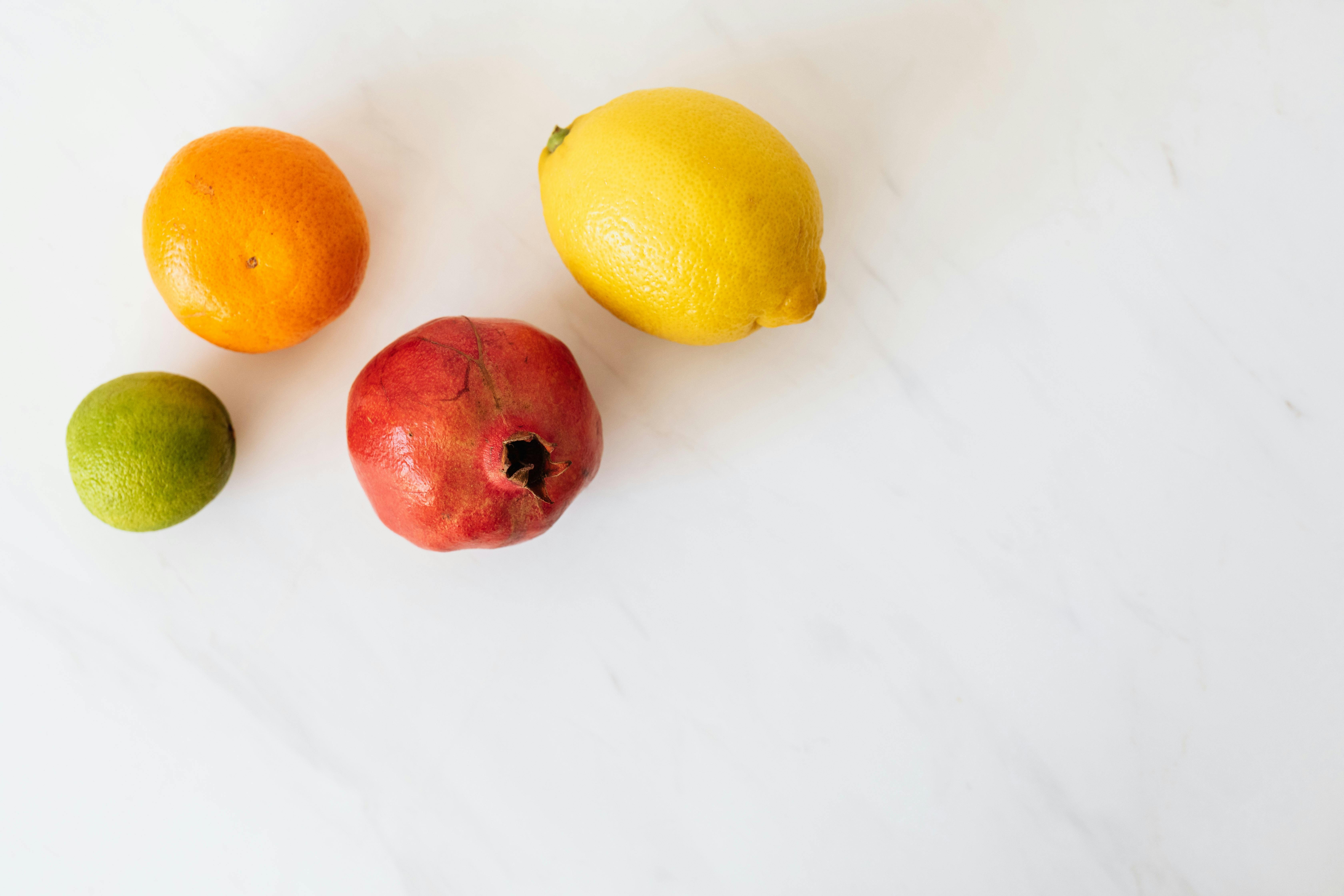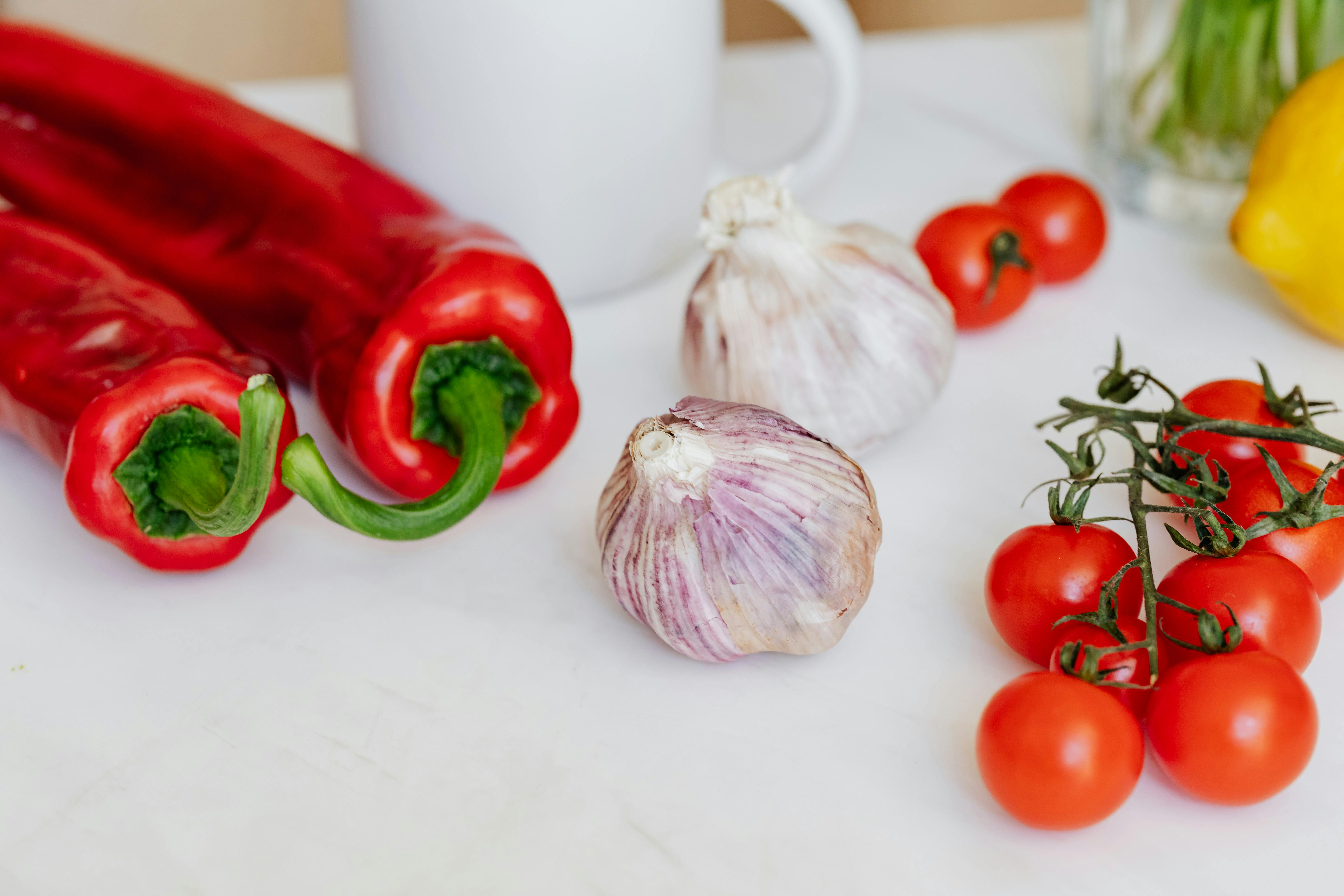If you have a dragon fruit plant, then you may have noticed that the leaves are turning yellow. This can be an alarming sight and may worry you about the health of your plant. Fortunately, there are usually a few simple explanations for why your dragon fruit plant is turning yellow and some easy ways to address them. In this article, we’ll discuss why your dragon fruit plant is turning yellow and how to help it get back to its healthy green hue.Dragon fruit plants can turn yellow for a few different reasons. One cause could be an insufficient amount of nutrients in the soil, such as nitrogen or potassium, which are both needed for healthy growth and vibrant color. If your plant is in a pot, it may need more fertilizer to supplement these essential nutrients. Alternatively, too much water can also cause the leaves to yellow as it can lead to root rot. If this is the case, reduce the amount of water you give your dragon fruit plant and check for signs of root rot. Lastly, yellowing leaves may be caused by environmental stress due to light or temperature. Ensure your dragon fruit is getting enough light and that temperatures are not too cold or hot for optimal growth.
Reasons for Dragon Fruit Plant Turning Yellow
Dragon fruit plants are often admired for their bright pink and red hues, but yellowing of the leaves is a sign of distress. In some cases, yellow leaves are an indication of nutrient deficiency or environmental stress. Other times, they can be caused by pests or disease. Understanding the cause of yellowing is key to keeping your dragon fruit plant healthy.
The most common reason for dragon fruit plant leaves turning yellow is a lack of sufficient nutrients in the soil. This can happen if the soil is too sandy or if fertilizer isn’t provided regularly. Additionally, dragon fruit plants can suffer from magnesium and iron deficiency which can also cause the leaves to turn yellow. Making sure your soil has adequate levels of these essential nutrients will help keep your plant healthy and its foliage vibrant.
Environmental stress can also cause dragon fruit plants to turn yellow. Too much direct sunlight, extreme temperatures, or drought can all contribute to the problem. If your plant is exposed to any of these conditions, it’s important to take steps to protect it from further damage by providing shade or extra water as needed.
Pests and disease are another possible cause of yellowing leaves on a dragon fruit plant. Aphids, mites, and mealybugs are all common culprits that feed on the sap within a plant’s foliage which can lead to discoloration. Additionally, fungal infections such as powdery mildew can also cause yellowing of the leaves if left untreated. Inspecting your plant regularly for signs of pests or disease will help you catch any issues quickly so that you can take appropriate action.
In conclusion, there are several possible reasons why a dragon fruit plant may be turning yellow including nutrient deficiency, environmental stress, pests, and disease. Understanding the underlying cause will help you identify what steps need to be taken in order to keep your plant healthy and its foliage vibrant.
Causes of Dragon Fruit Plant Turning from Green to Yellow
Dragon fruit plants are known for their vibrant green leaves and brightly-colored fruits. However, if you notice your dragon fruit plant turning from green to yellow, it is likely a sign that something is wrong. There are several common causes of dragon fruit plants changing color which include nutrient deficiencies, pests, disease, and over/under watering.
Nutrient Deficiencies
Plants need certain nutrients to stay healthy and grow properly. When dragon fruit plants do not receive enough nutrients, the leaves can turn yellow as a sign of distress. Common nutrient deficiencies in dragon fruits include nitrogen, magnesium, potassium, iron and zinc. Adding fertilizer that contains these nutrients can help restore the plant’s health and prevent further color change.
Pests
Pests like aphids or mealybugs can also cause dragon fruit plants to turn yellow. These pests feed on the plant’s leaves and stems which can lead to discoloration as well as stunted growth. It is important to inspect your plants regularly for signs of pests and treat them as soon as possible with a pesticide or natural remedy like neem oil or insecticidal soap.
Disease
Diseases such as root rot or leaf spot can also cause dragon fruit plants to turn yellow. Root rot is caused by overwatering or poor soil drainage while leaf spot is caused by fungal pathogens in the soil. Both diseases require proper diagnosis and treatment in order to restore the health of the plant and prevent further damage.
Over/Under Watering
Finally, overwatering or underwatering your dragon fruit plant can cause it to turn yellow due to stress caused by too much or too little water. Overwatering will cause root rot while underwatering will cause the leaves to become dry and wilted. It is important to give your plant just enough water so that it stays healthy without becoming waterlogged or dehydrated.
In conclusion, there are several common causes of dragon fruit plants turning from green to yellow including nutrient deficiencies, pests, disease, and over/under watering. If you notice your dragon fruit plant changing color it is important to identify what is causing the issue so that you can take steps to restore its health quickly before any further damage occurs.
Yellowing of Dragon Fruit Plant Natural?
Yellowing of the leaves of a dragon fruit plant may be a natural process depending on the age of the plant. It could also be an indication of nutrient deficiencies or an environmental stressor. Dragon fruit plants can range in age from newly planted to several years old. As dragon fruit plants age, their leaves may yellow and die off naturally. This is a normal part of the life cycle and does not necessarily indicate any kind of problem with the plant.
However, yellowing leaves could also be a sign that the dragon fruit plant is in distress due to environmental factors such as too much sun or too little water. If you notice that the leaves are yellowing and there is no obvious cause, then it is important to investigate further to determine what is causing the problem.
Nutrient deficiencies can also cause yellowing leaves in dragon fruit plants. If your soil is lacking essential nutrients such as nitrogen, phosphorus, and potassium, then this could lead to yellowing and eventually death of the leaves on your plant. To ensure that your dragon fruit plant has access to all the necessary nutrients, it is important to test your soil regularly and supplement as needed with fertilizer or compost.
In some cases, yellowing leaves may be caused by pests or diseases. If you notice any signs of pests or disease on your dragon fruit plant, it is important to address these problems quickly before they spread to other parts of the plant or become more severe.
Overall, yellowing of dragon fruit plants can be either natural or caused by environmental stressors, nutrient deficiencies, pests, or diseases. It is important to pay close attention to your dragon fruit plants and take action if you notice any signs that something might be wrong so that you can keep your plants healthy and vibrant for many years to come!
How to Prevent Dragon Fruit Plant from Turning Yellow
Dragon fruit plants are a beautiful and unique addition to any garden. But, like all plants, they can become discolored and sick if not properly cared for. When a dragon fruit plant turns yellow, it’s usually because of nutrient deficiencies or inadequate water. Fortunately, with the right care, you can prevent your dragon fruit plant from turning yellow and keep it healthy and vibrant.
The most important step in preventing a dragon fruit plant from turning yellow is to provide the right nutrients. Dragon fruit plants need several essential nutrients to stay healthy, including nitrogen, phosphorus, potassium, calcium, magnesium, and sulfur. These nutrients can be provided through organic fertilizers or composted manure. Make sure to fertilize your dragon fruit plant at least once a month during the growing season to ensure that it has all the nutrients it needs.
Inadequate watering is another common reason why dragon fruit plants turn yellow. Dragon fruits need at least an inch of water per week in order to stay healthy. If you live in an area with low rainfall or hot summers, you may need to water your dragonfruit more often than that. Check the soil around your plant regularly to make sure it is moist but not overly wet.
Finally, make sure that your dragonfruit plant is getting enough sunlight. Dragonfruit plants prefer full sun but will tolerate partial shade as well. If your dragonfruit is planted in an area with too little sunlight, it may begin to turn yellow as a result of lack of light.
By providing the right nutrients and adequate water and sunlight, you can prevent your dragonfruit plant from turning yellow and keep it looking its best. With proper care and attention, your dragonfruit will thrive for years to come!

1. Check the Soil and Roots
When diagnosing the problem with your dragon fruit plant, one of the first steps you should take is to check the soil and roots of the plant. Inspect the soil for signs of root rot or any other issues that could be causing your plant to struggle. If you notice any discoloration or unusual smells, then this could indicate a problem with your dragon fruit plant’s soil. Additionally, you should inspect the roots of the plant for any signs of damage or disease. If there are any visible signs of root rot, then it is best to remove these from the soil and replace them with healthy roots.
2. Monitor Plant Growth
Another way to diagnose a problem with your dragon fruit plant is to monitor its growth over time. Keep an eye out for signs that the plant is not growing as it should be, such as stunted growth or wilting leaves. If you notice these symptoms, then it may be a sign that something is wrong with your dragon fruit plant and further investigation may be necessary. Additionally, pay attention to how much water and sunlight your dragon fruit plant is receiving on a regular basis as this could affect its growth rate.
3. Look for Pests or Disease
If your dragon fruit plant appears to be struggling despite providing it with optimal care conditions, then another step you can take is to look for pests or disease that may be affecting its health. Common garden pests such as aphids and mealybugs can cause significant damage to plants if left unchecked, so it is important to inspect your dragon fruit closely for any signs of infestation. Additionally, look for any discoloration on leaves or stems which could indicate a bacterial or fungal infection which may require treatment.
4. Seek Professional Help
If none of these steps provide an answer as to why your dragon fruit plant isn’t thriving, then it is best to seek professional help from an expert in horticulture or pest management who can provide more comprehensive advice on how to diagnose and treat any issues with your dragon fruit plant.
Signs of a Sick Dragon Fruit Plant
Dragon fruit plants can become sick for many reasons, including disease, pests, and environmental stress. Knowing the signs of a sick dragon fruit plant is important for providing it with proper care and ensuring its health. Common signs of a sick dragon fruit plant include yellowing or wilting leaves, stunted growth, discolored or distorted fruit, and wilted or discolored flowers.
Yellowing or wilting leaves can be an indication of too much or too little water, nutrient deficiency, disease, or pests. When too much water is present it can lead to root rot and other diseases that affect the plant’s leaves. When there isn’t enough water present the plant will become wilted as it struggles to survive without adequate hydration. Nutrient deficiency will also cause yellowing in the leaves as the plant is unable to absorb necessary nutrients from the soil. Finally, pests such as mealybugs and whiteflies can cause yellowing in leaves as they feed on the sap inside them.
Stunted growth in a dragon fruit plant can be an indication of improper care such as incorrect soil pH levels or inadequate sunlight exposure. Checking the soil pH levels with a soil pH meter is important for ensuring that your dragon fruit plant has access to all the nutrients it needs to grow healthy and strong. Inadequate sunlight exposure will also cause stunted growth due to lack of photosynthesis which is essential for plants’ growth processes.
Discolored or distorted fruit is another sign that something may be wrong with your dragon fruit plant. This can be caused by disease, pests, nutrient deficiencies, or environmental stress such as extreme temperatures. It’s important to inspect your dragon fruit plants regularly and take action if you notice any discoloration in the fruits they bear so that you can prevent further damage to your plants’ health.
Finally, wilted or discolored flowers may indicate that your dragon fruit plant isn’t getting enough water or nutrients from the soil it resides in. It’s important to make sure your dragon fruit plants are receiving adequate watering and fertilization so that they can produce healthy flowers which are also essential for pollination and successful fruiting cycles.
What Should You Do When Your Dragon Fruit Plant Turns Yellow?
If your dragon fruit plant turns yellow, it could be a sign of several different issues. It is important to take note of when your plant first began to turn yellow and what other symptoms may be present. Some possible causes for yellowing include too much or too little light, too much or too little water, inadequate nutrient levels, pests or diseases, or environmental stress. Depending on the cause, there are different steps you can take to help remedy the problem and get your dragon fruit plant back to its healthy green color.
If you think the yellowing is caused by too much or too little light, adjust the amount of light your dragon fruit plant is receiving accordingly. If the cause is too much or too little water, then adjust your watering schedule so that your dragon fruit plant has just enough moisture. If the nutrient levels are low in the soil, fertilize with a balanced fertilizer and check on the pH level of the soil as well.
If you suspect that pests or diseases are causing your dragon fruit plant to turn yellow, inspect it closely for any signs of infestation and then treat it with an appropriate pesticide if necessary. Additionally, environmental stress such as extreme temperatures or exposure to harsh chemicals can also cause yellowing in plants. If you suspect this could be the case for your dragon fruit plant, move it to an area with more suitable conditions for growth.
Finally, keep in mind that if none of the above solutions work and you still find that your dragon fruit plant is turning yellow despite all efforts taken to mitigate any potential problems, then it may be time to replace it with a new one so that you can have a healthy and thriving dragon fruit plant once again!

Conclusion
The yellowing of a dragon fruit plant can have many causes, ranging from nutritional deficiencies to diseases. It is important for gardeners to identify the cause accurately in order to take the appropriate steps in treating the plant and ensuring that it recovers. If the yellowing is due to a nutrient deficiency, fertilizers can be used to correct it; however, if it is due to a disease or pest infestation, fungicides or insecticides may be necessary. Proper diagnosis and treatment of any underlying issues will help ensure the health and growth of your dragon fruit plant.
It is essential for gardeners to observe their plants carefully in order to spot any signs of problems early on. Taking steps quickly can help reduce the risk of further damage and ensure that your dragon fruit plant remains healthy and vibrant.



